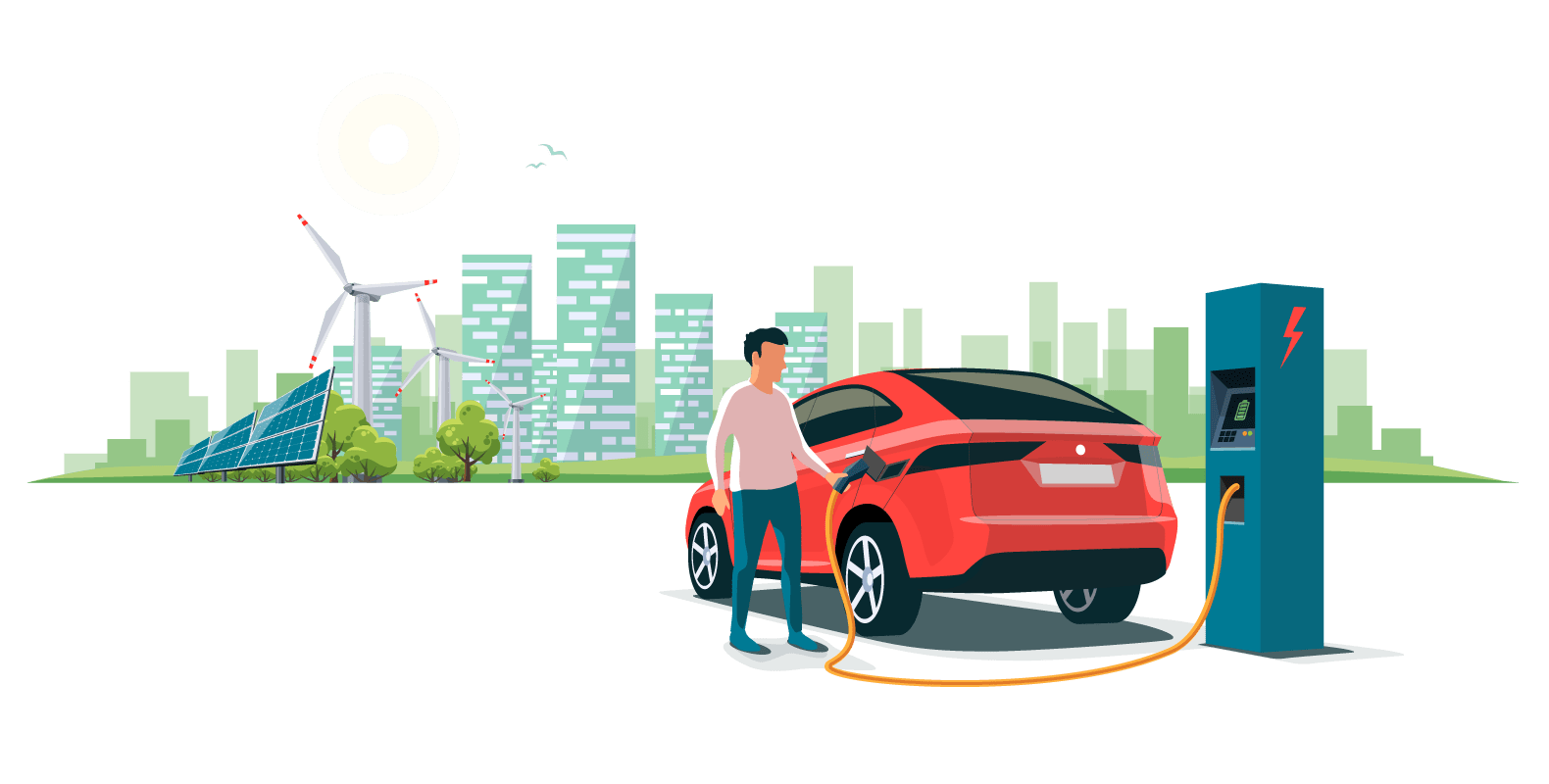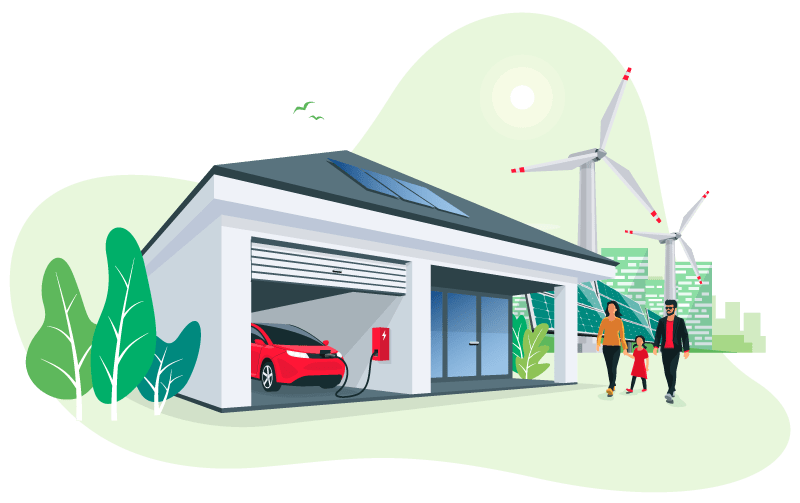EV Communications Charging Infrastructure
EV adoption is forecast to grow rapidly over the next 30 years. The massive increase in EV charging infrastructure, with forecast investment of $110 to $180 Billion between 2020 and 2030. In the meantime, the business models and communications models for grid-EV management is anything but settled and interoperable. Solving the standardization and interoperability problems in the EV Charging Infrastructure is critical to the success of the global transformation of the transportation system.
EV Charging Infrastructure Models
The primary EV charging use case does not include any communications between a utility and the EV charging infrastructure. The primary communication is between the EV and EVSE and the rapid growth in the industry and the creation of new standards for this interface are creating significant interoperability issues already. V1G is sometimes called “managed charging” and is a critical use case for utilities as the number and density of chargers increase. V1G requires communications between the grid operator and the EVSE/EV to manage the charging rates and times of EVs.
V2G denotes use cases where the EV battery becomes a potential DER resource for the grid operator. Communications are more important and more complex since the EVSE/EV combination is considered a DER subject to advanced DER requirements such as UL 1741 SB certification. There are different models being experimented with including a smart EVSE with a UL 1741 SB certified inverter and EVs with IEEE 1547.1 conformant inverters.
In all models, solving the challenges of standardization and interoperability are absolutely critical success factors for the rapid transportation transformation. QualityLogic is already a key contributor to solving some of these challenges and is working to solve additional challenges in standardization and interoperability
V1G Managed Charging and OpenADR
The OpenADR Alliance has over 20 members that manage charging networks or build EV charging stations. OpenADR and OCA are working together to enable OpenADR and OCPP to work together. Because OpenADR is now an IEC standard, it is being used globally for sending demand management signals to all flexible resources, including EV Charging.
QualityLogic provides official Alliance Test Harness for OpenADR so customers can validate their communication conformance before going to a lab for certification. We also offer OpenADR training to get teams up to speed and ready to take on development for this requirement.
UL 1741 SB and CSIP for V2G-DC
V2G installations will require EVSE/EV combinations to meet utility interconnection requirements. In the US these are specified by IEEE 1547 which is certified through the UL 1741. The latest version requires support for standard communications protocols. For V2G-DC (the smart inverter is in the EVSE), charging stations will need to be certified to UL 1741 SB in the near future. QualityLogic’s 1547.1 test tools support this conformance testing, and we are already working with EV and EVSE manufacturers to support this type of testing.
Currently, California Rule 21 requires interconnected DER (including V2G) to support IEEE 2030.5 communications with a utility control system. The certification is the SunSpec Common Smart Inverter Profile (CSIP). QualityLogic provides industry-leading test tools for EVSE vendors to test for conformance and certification to CSIP.
Emerging V2G-AC Standards Testing
If the smart inverter is on the EV itself (and several OEMs are doing this for local residential power support), the EVSE is passing AC current to and from the EV in the V2G-AC use case. Standards are starting to emerge to support this scenario, and QualityLogic is participating in two of them: UL 1741 SC which will certify a V2G-AC EVSE functions and communications to meet SAE J3072, and the SunSpec SAE J3072 IEEE 2030.5 Profile, which will define the protocol requirements for EVSE-EV communications in the V2G-AC use case.
The EU intends to address V2G applications (both AC and DC) using ISO 15118-20, a new standard that is just being released. This standard is also of interest in the US as the primary EVSE-EV communications protocol except for V2G-AC applications. QualityLogic is investigating how we can contribute to this emerging standard.
Guidance on EV-Grid Communications Infrastructure
Navigating the standards and protocols for integrating EV charging and EV-as-a-DER into grid operations is both confusing and evolving rapidly. There is no national or international agreement on the use cases, architectures and protocols for this critical piece of the electric grid and transportation transformations taking place.
To help with understanding the current communications landscape for EV-Grid integration, QualityLogic presented a 3-hour workshop at a recent Smart Grid Observer conference. If you are trying to sort out this confusing “mess”, you’ll find the webinar a useful starting point: Standardizing EV Communications into Grid Operations.
Navigating the Vehicle-to-Grid Highway
As EV technologies have evolved over the years, the vision for their use and value to the grid has emerged as a viable concept. Policymakers have begun to reimagine the EV as a grid resource beyond their role as a zero- or low-emissions mode of transportation.
Transportation electrification offers a bold new pathway to help states and the federal government reach their energy and climate targets. Electric Vehicles (EVs) not only reduce air pollution and greenhouse gas emissions but offer the promise of enhancing the operational efficiency of electric grids.
For more information, we dug a bit deeper into highlighting the major points of discussion brought out in the Interstate Renewable Energy Council (IREC) white paper, Paving the Way: Vehicle-to-Grid (V2G) Standards for Electric Vehicles.
Education and Training
QualityLogic actively contributes to industry education about the EV Charging Infrastructure and currently offers engineering-level training on CSIP, IEEE 1547.1, and OpenADR.
If you are interested in learning more about our training solutions, please contact us.

